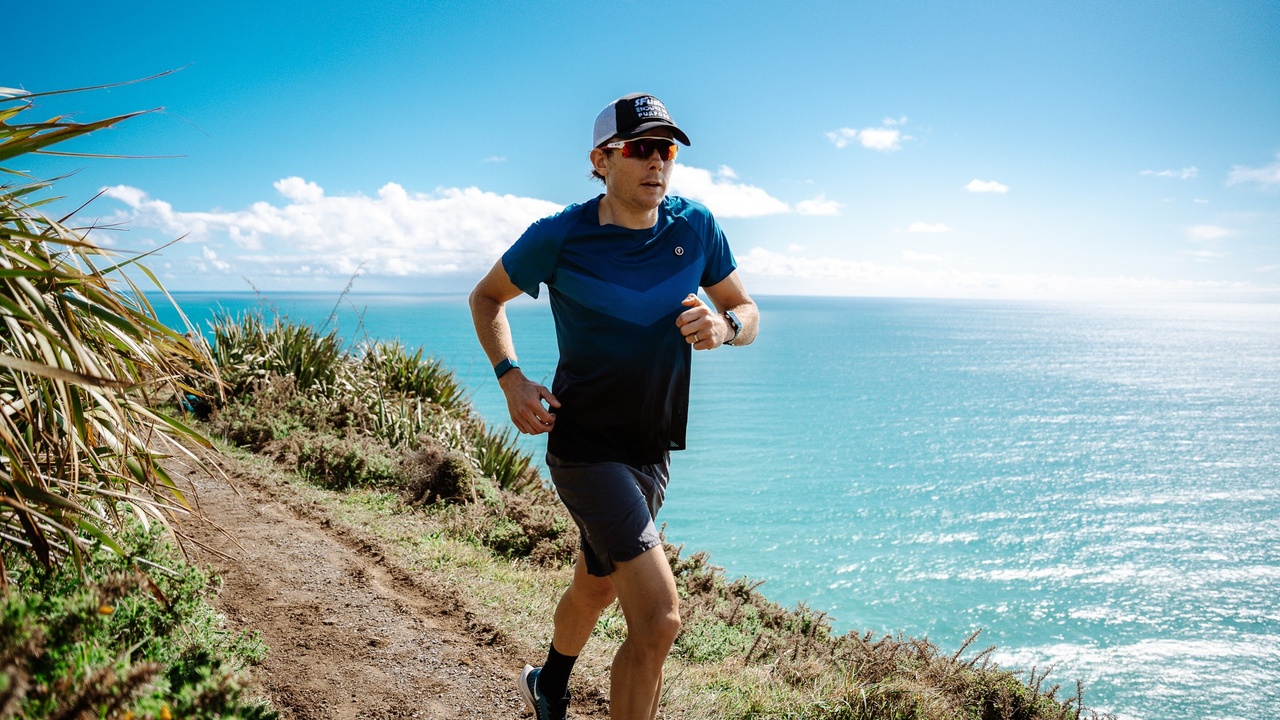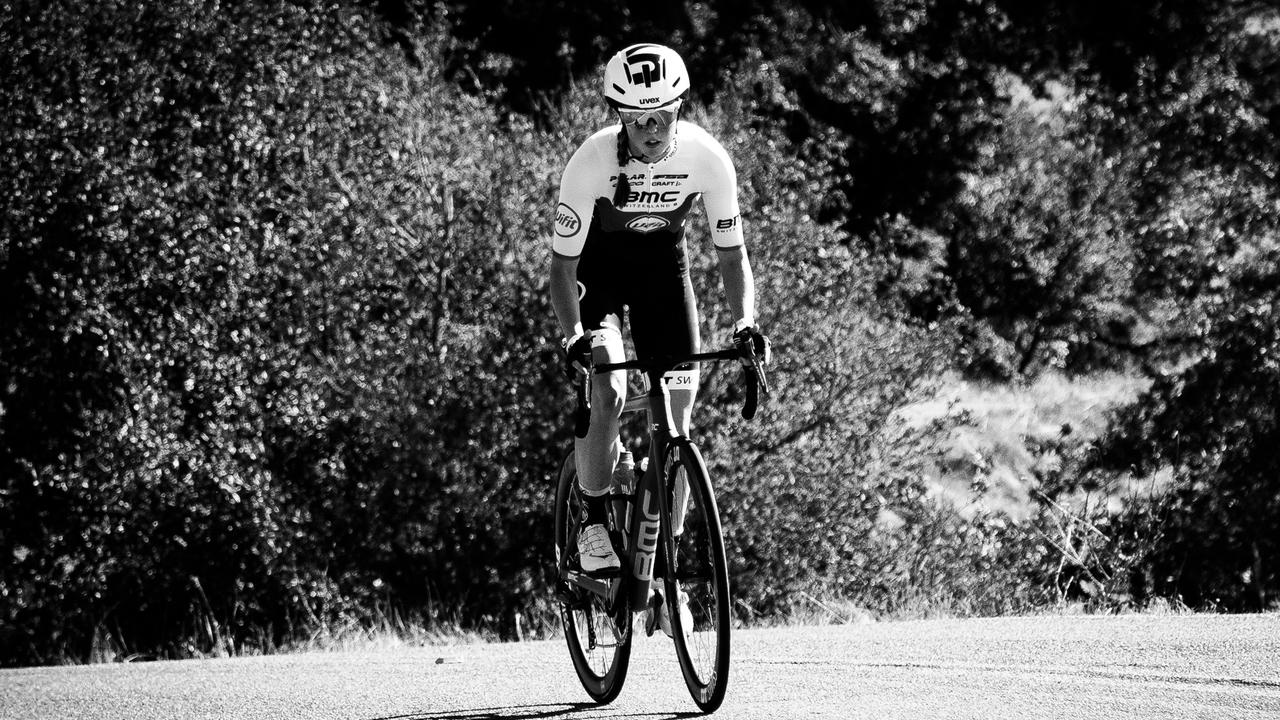How to train for cycling in long-distance triathlon: The Basics

We all know that being strong on the bike is critical to the success of any long-distance triathlete. But how do we train for it? In this short blog, we’ll briefly describe the main session types when training for the cycling leg of long-distance triathlon. For much more detail, check out our courses; LDT 102 on training programme fundamentals and LDT 104 on training monitoring.
At EndureIQ, we promote a three-phase model of training planning for Ironman triathlon; a general preparation phase, specific strength phase, and competition phase. In the general preparation phase, our goal is to build a strong aerobic base by accumulating a large overall training volume, whilst also increasing our maximum aerobic capacity with a small number of targeted, high-intensity interval training sessions. We, therefore, aim for a highly polarised overall training intensity distribution, where the vast majority (~85-90%) of our training time is accumulated below the lactate threshold, with perhaps 1-2...
How to Taper for Triathlon

We all know that the pre-competition taper is one of the fundamental components of the build-up to an endurance event. In this short blog, we will briefly cover some of the science behind the purpose of, and best practices in, tapering. We cover the science and practice of the pre-competition taper in much more detail in LDT102, our course on training programme fundamentals.
Why do we need to taper?
In order to optimise your taper, it is important to first understand what a taper is trying to achieve. Tapering has been defined as the deliberate reduction in training load in the days prior to competition (4), the purpose of which is to provide the athlete with sufficient rest and recovery to perform at their best, but without reversing the adaptations gained through training (6). Tapering is therefore a balancing act between providing rest and recovery and preventing detraining.
Crucially, tapering has been shown across a number of investigations to be beneficial to endurance perfor...
Interpreting Shifts in Blood Lactate Profiles

Dr Dan Plews & Ed Maunder
In this blog, we are going to provide a little detail for athletes and practitioners on how to interpret changes in blood lactate parameters and profiles derived from serial laboratory-based lactate threshold assessments. These assessments typically involve exercising initially at a very low workload, considerably below the aerobic threshold, with heart rate and blood lactate concentration recorded prior to an increase in workload every 3-4 minutes (although these ‘steps’ can be longer). These steps are repeated until exhaustion. Expired gases may be collected throughout, and these can provide insight into movement economy, substrate utilization, and maximum oxygen uptake (VO2max). The tests are typically performed for (i) training zone identification and (ii) monitoring adaptations to training.
Classic rightward and leftward shifts
Below we have a textbook rightward-shift in the blood lactate vs. power output curve, which we would interpret as indica...
Hill reps and overgearing: What does the science say?

Image by Rook Media
We’ve really been enjoying watching the return of road racing after the pandemic (or somewhat ‘after’), like we're sure many of you are too, and are particularly enjoying watching the athletes at Le Tour grinding up the Alps and Pyrenees in big gears and at massive power outputs. Hill reps are a common part of many endurance training programs, whether that be for running, cycling, or triathlon, and at Endure IQ we are big fans of riding up hills and doing specific overgearing work on the trainer in preparation for a long-distance triathlon (in fact, we dedicate a whole module to this type of training in our three disciplines in our online course LDT 102). We thought now was as good a time as any to review some of the key studies in this field, and whether the available research backs up this type of training prescription.
Specific strength training for endurance athletes
We call this type of work – whether it be riding or running up-hill, or riding on the...
The Role of Myofascial Slings in Triathlon: Part 1 – Understanding Our Sling System

- Adam Storey, PhD
How “easily” we can perform a specific movement or task is a critical determinant of Long Distance Triathlon (LDT). For example, to run a 3-hour marathon (an excellent running time in an Ironman Distance Triathlon) the average pace is 4:16 min/km. There are many athletes who can run 4:16 for 1 km; the issue most athletes face is that they simply can’t do it easily enough to do it 42 times back-to-back. In their online course Endure IQ LDT 102: Training Program Fundamentals for Long Distance Triathlon, Dan and the team at Endure IQ go through the rationale regarding how, for LDT, it’s likely better to focus on “specific strength” rather than lifting heavy weights in the gym. However, gym-based exercises where the main focus is to improve movement efficiency are still likely to be very beneficial, and, moreover, can be completed is less than 20 minutes; a key consideration for the time-poor long distance triathlete! Endure IQ have already covered how plyome...
